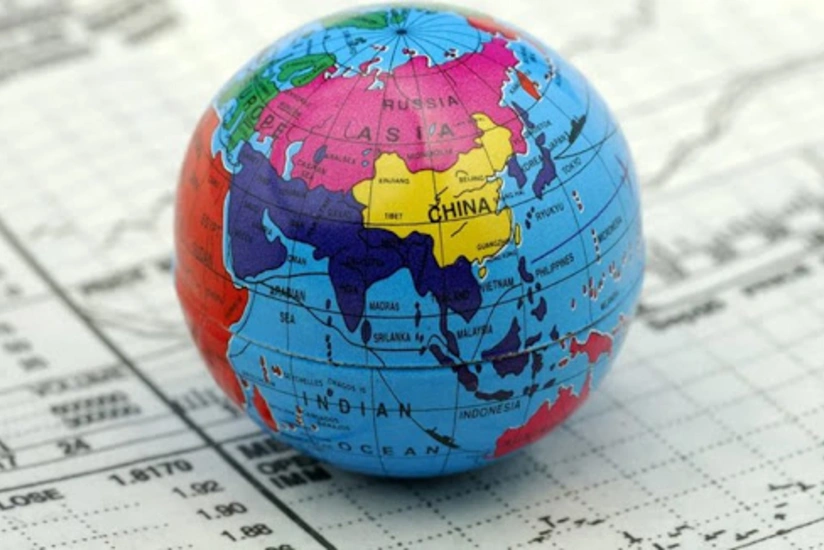IMF: Risks remain despite stronger global recovery
- 21 March, 2021
- 06:44

The global economy is showing a faster recovery in growth rates than previously expected, First Deputy Managing Director of the International Monetary Fund (IMF) Geoffrey Okamoto said, Report informs referring to the IMF.
“In January, we projected 2021 global growth at 5.5 percent, but prospects of a stronger recovery are emerging – because of additional fiscal stimulus, especially in the US, and the prospects of broader vaccination. We will update our global forecasts in the new World Economic Outlook coming out in early April,” Geoffrey Okamoto said at the China Development Forum.
However, according to him, the global recovery has been incomplete and unequal.
“It is incomplete because, despite a stronger than expected recovery in the second half of 2020, GDP remains well below pre-pandemic trends in most countries,” he said, adding that the recovery paths have also been different across countries, as well as across sectors.
China, in many ways, has already completed its recovery, returning to its pre-pandemic growth levels ahead of all large economies. But growth still lacks balance, with private consumption lagging investment. We expect consumption will catch up, as investment growth normalizes,” Okamoto said.
As another risk, he noted the spread of resistant coronavirus mutations that threatens to reduce the efficacy of current vaccines and could undermine or delay the recovery.
“We don’t know how prolonged the health crisis will be. Access to vaccines remains very uneven, both across advanced and emerging economies. Low-income countries might not see significant vaccination well into 2022, and that is a problem: this pandemic will only really be over when it is over for everyone,” Okamoto said.
“Besides these bigger issues, there are also uncertainties about the effectiveness of policy actions and differences in what countries can do. Some countries face limited fiscal space and higher debts. While China still has some room for maneuver, many others, especially low-income countries, do not,” he added.
